Cafeteria food may sacrifice convenience for health
The Biden administration has reinstated parts of the Obama administration’s student nutrition policies for public schools. While private, many feel that U-High does not meet these nutritional standards.
March 4, 2022
Chicken tenders. Cheeseburgers. French fries. Sophomore Alex Cheng looks at the food offered in the cafeteria, trying to decide what he wants his lunch to consist of. Not wanting to waste his 40-minute lunch waiting in the long lines for custom sandwiches or stir-fry, Alex and many other students often gravitate towards less nutritious options.
With obesity rates among children growing, the Biden administration has partially reverted to the student nutrition policies created by the Obama administration. These standards, which will be rolled out over the next two school years, require schools to limit sodium, provide more whole-grain options and offer low-fat milk. As a private school, these requirements don’t apply to U-High, but many of the options served in the cafeteria abide by the policies campaigned for by Michelle Obama.
Some students have found that the more nutritious options offered are more expensive and less accessible due to the lines that accumulate outside certain areas, forcing many to grab something from the fried food section instead.
“I think we need more real food in the cafeteria,” sophomore Adam Cheema said. “The way that it’s set up to be more convenient to just get chicken and fries is messed up, because kids are just going to go for what’s most convenient. I think we need more healthy convenient options.”
Others enjoy the multitude of options provided, allowing them the freedom to monitor their own nutritional intake.
“I think the cafeteria has a lot of different options so you can really decide,” senior Maya Mubayi said. “There’s a lot of junk food you can eat, but there’s also a lot of healthy food.”
The popular salad bar featured in the cafeteria during the 2019-20 school year was closed due to COVID-19 restrictions. According to John Sherman, executive chef for Quest Food Management Services in Café Lab, the school is hoping to reopen the salad bar after spring break. The cafeteria is currently offering pre-packaged Caesar salads as an alternative.
“Our first responsibility is to make sure that every meal is as nutritious as we can possibly make it,” Mr. Sherman said. “With that being said, we are a school environment, and not every kid’s going to want a green salad or carrot stick.”
While the cafeteria is always stocked with fresh vegetables, the portions given with the daily hot lunch are often small.
“During the hot lunches here, when they serve the wings, they ask if you want carrots and they give you, like, three carrot sticks to balance out five wings,” Alex said.
University of Chicago nutritionist Lori Welstead recommends schools participate in programs like Common Threads that were created to get students more involved in their nutrition.
“I think the biggest challenge is likely lowering the sodium content of a lot of the cafeteria foods, so really trying to find that replacement,” Ms. Welstead said. “For healthy whole grains, even having popcorn as an option instead of potato chips.”
The cafeteria staff prepares much of the food served in the cafeteria, allowing them to limit the preservatives often seen in processed foods.
“A lot of it is made in-house, and by us doing that — yes, obviously in a cookie there’s butter, a muffin there’s butter, but there’s no preservatives. It’s just natural cooking,” Mr. Sherman said.
Despite the variety of food options served in the cafeteria, students would like to see more nutritious food options outside of salads.
“Something I would like to change is add more healthy options that are readily available,” Alex said, “so instead of having all the chicken lines or pizza lines maybe add some vegetables in there.”



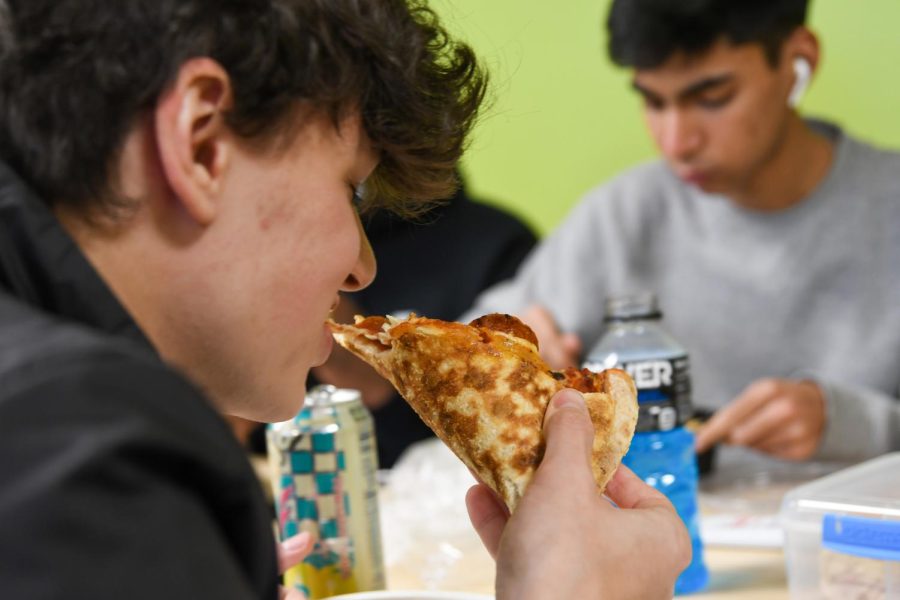

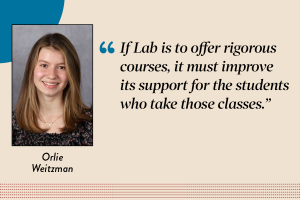

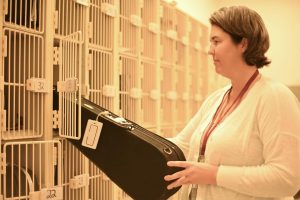


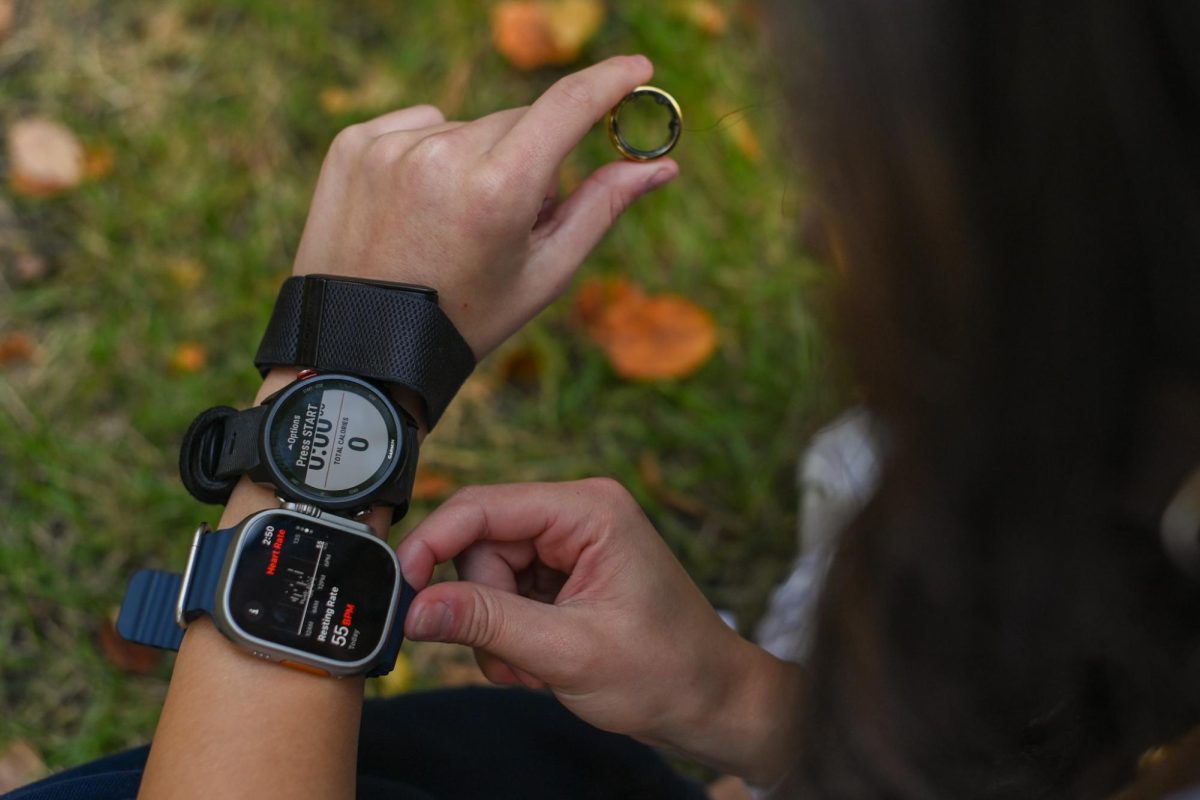
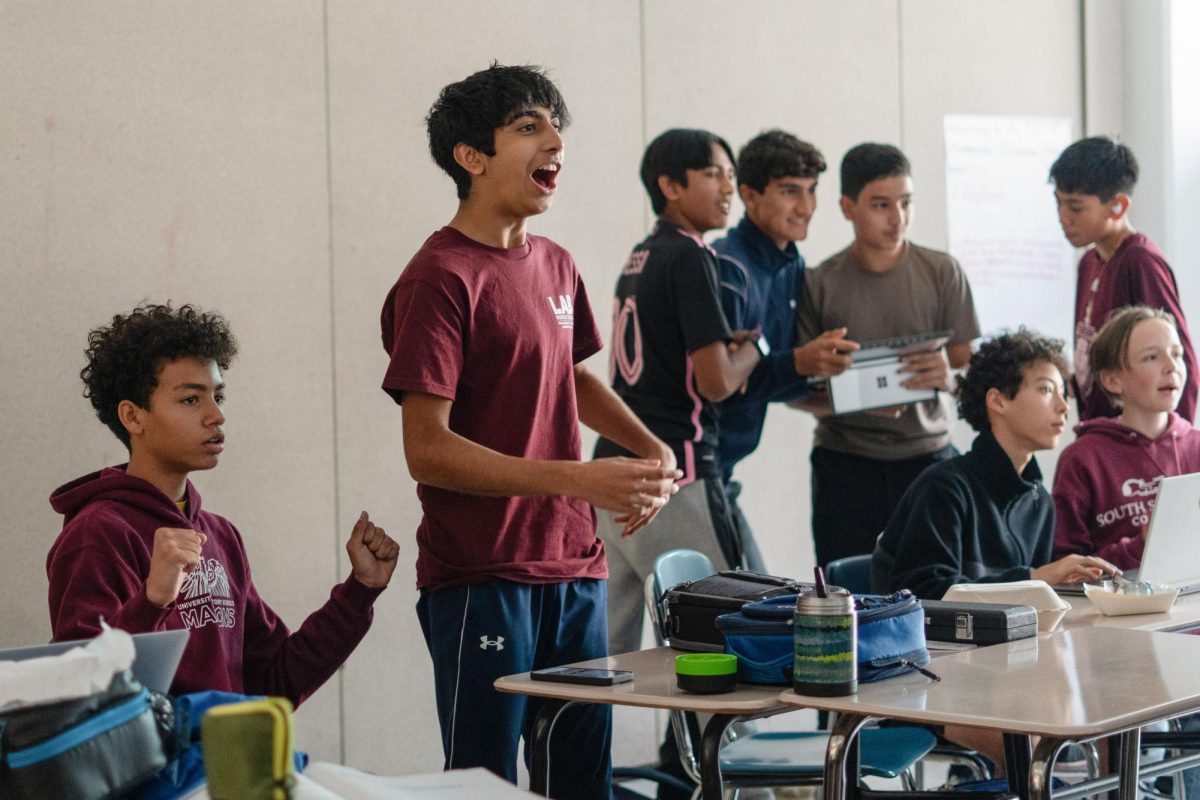

Susan Shapiro • Mar 5, 2022 at 11:37 am
Great reporting, Sahana!!